The U.S. government has announced a 90-day extension of the pause on higher tariffs for Chinese imports, pushing the new deadline to November 10. The decision, signed into effect by President Donald Trump through an executive order, was confirmed hours before the previous agreement was set to expire.
China’s Ministry of Commerce stated it will maintain its current 10% tariff rate on U.S. goods and take steps to address certain non-tariff barriers. The ministry also announced a 90-day delay in adding U.S. companies to trade and investment restriction lists.
Officials from both countries have expressed an interest in continuing trade discussions. U.S. Treasury Secretary Scott Bessent said last week that negotiations were progressing and that a potential trade agreement was within reach. The latest round of talks took place in Stockholm last month.
If a long-term agreement is not reached, both nations have outlined potential tariff increases. Current U.S. tariffs on Chinese goods include a baseline rate of 10% and an additional 20% on certain items, with some products facing higher rates. Chinese tariffs on U.S. exports average about 30%. Economists, including analysts from the Federal Reserve, have noted that tariff costs are partially absorbed by businesses but also passed on to consumers. Goldman Sachs estimates U.S. consumers have borne about 22% of tariff costs as of June 2025, with that share potentially rising.
In a separate development, U.S. technology companies Nvidia and AMD have agreed to provide the government with 15% of revenue from advanced chip sales to China in exchange for export licenses. Trade analyst Stephen Olson described this arrangement as a notable shift in U.S. trade policy, framing it as a form of monetization of export permissions.
#SupplyChainNews #TariffsAndDuties #TradePolicyUpdate #GlobalTrade #EconomicIndicators

















